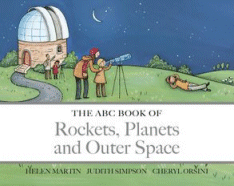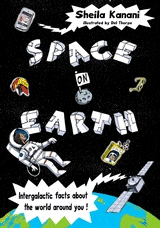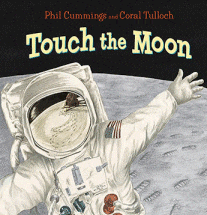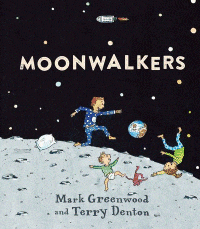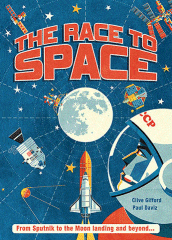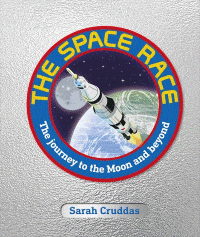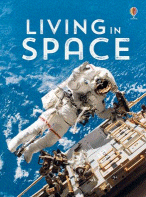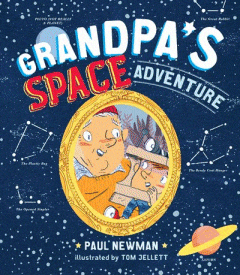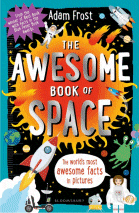
The Awesome Book of Space
The Awesome Book of Space
Adam Frost
Bloomsbury, 2018
112pp., pbk., RRP $A12.99
9781408896501
Did you know that if you were an ancient Egyptian then your understanding of the sun’s journey across the sky would focus on a giant dung beetle called Khepri who dug the sun out of the underworld in the East at dawn, rolled it across the sky and then pushed it back into the underworld in the evening? But if you were an Aztec you would know that there had been four suns before this one, which is called Tonatiuh, and without human sacrifices, it would refuse to move across the sky and all the crops would fail.
On the other hand, did you know that just one space suit (used on the ISS only about 25 times each) costs 40 times more than the top-of-the-line Rolls Royce car; or what would happen if you fell into a black hole?
These are the sorts of things covered in this intriguing book about space that is perfect for young readers who like to dig and delve and have their information presented in a graphic format rather than lots of text making it accessible to readers at all levels of development. Ranging across the sort of subjects that young readers like to ask questions about or surprise their parents with at the dinner table, this book answers questions like
- How many pairs of pants you’d need to pack to live in a space station for a year?
- What the weather is like on Neptune?
- How many tonnes of litter humans have left on the moon?
Written in the conversational tone of Splat the Fake Fact, young readers are invited to guess or research the answers to some of the articles such as which of a range of creatures has not made it into space, so that it becomes an interactive experience rather than just a passive reading one. And with the range of topics covered, it offers a taster for everyone providing the boost to do some further research if the imagination is gripped, not just about space itself but also physics, geology, and a host of STEM topics. Just how many explanations did earlier civilisations have for the sun’s journey across the sky and how do they compare with what we know to be the case now that science has solved its mystery?
Not only would this be a valuable addition to a library collection to inspire space enthusiasts, but it’s also the right size and price for popping in the Christmas stocking.
